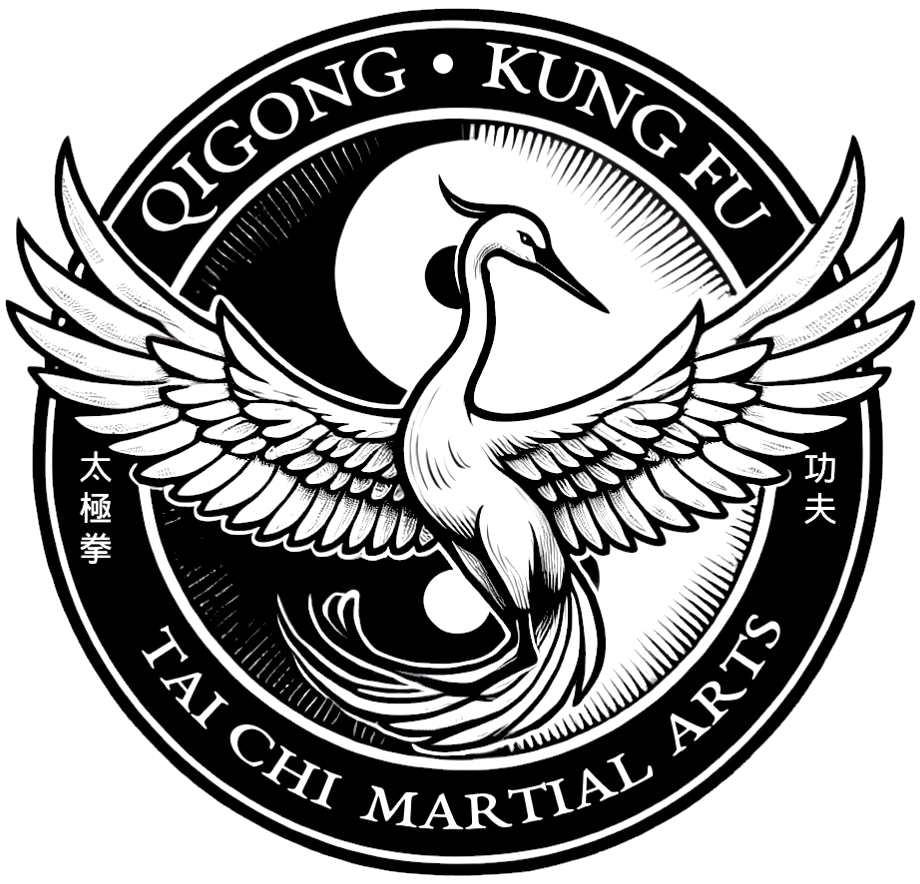The martial arts style called Sanshiqi was created by a hermit named Xuxuanping during the Tang Dynasty (618-905 CE). Xu was from the Anhui province in southeast China. He lived on the Ziyang Mountains. Xu was described as being seven foot five inches with a beard to his navel and hair to his feet. Xu’s style was called Sanshiqi because it contained 37 movements. It was similar to the original 13 movements of the Chen family style Tai Chi. The postures of Sanshiqi were practiced separately and in no specific order. Once all of the postures where learned, one would practice them in any order in a continuous sequence.
Another early pysdo-Tai Chi style was created by Lidaozi and was called Xiantianquan. Xiantian translates to “the stage before the universe is created.” This is the daoist concept of Wuji. Wuji is the state prior to taiji. Lidaozi is said to have lived a thousand years from the Tang to the Ming Dynasties (618-1644 CE). Lidaozi is one of the first to use the term taiji in relationship with a martial art. He taught his student Yulianzhou a poem about Xiantianquan:
Taiji is so subtle. To embody it you must be empty as air. Its movements are innate, as the chime is to the bell…
Yu’s family would continue training in Xiantianquan for several generations. Hangongyue lived during the Liang Dynasty (907-921CE) and was an expert in pysdo Tai Chi. He is the founder of the style named Nine Little Heavens. This style has fourteen postures including lift hands, single whip, big and small punch and grasping the sparrow’s tail. Each of these postures are found in present day Tai Chi. In addition, fist under elbow and repulse the monkey are included in Nine Little Heavens but referred to as flower among the leaves and cloud on monkey’s head. Han is credited with instructing Cheng Lingxi and Cheng Lingxi. Based on Chinese documents, Cheng Lingxi and Cheng Lingxi are actual persons and not fictional characters.
The last of the psydo-Tai Chi styles is Houtian fa and was created by Hujingzi. The name of this style translates to “the stage after the universe is created, method”. Houtian fa contained 17 postures and emphasized elbow strikes. The major postures of this style was ward off, roll back, press, push, pull, split, elbow strike and shoulder strike. These postures are the eight methods, Ba Fa, that is the foundation of Chen and Yang style Tai Chi.
[i] Based on The Doa of Taijquan, by Jou Tsung Hwa






